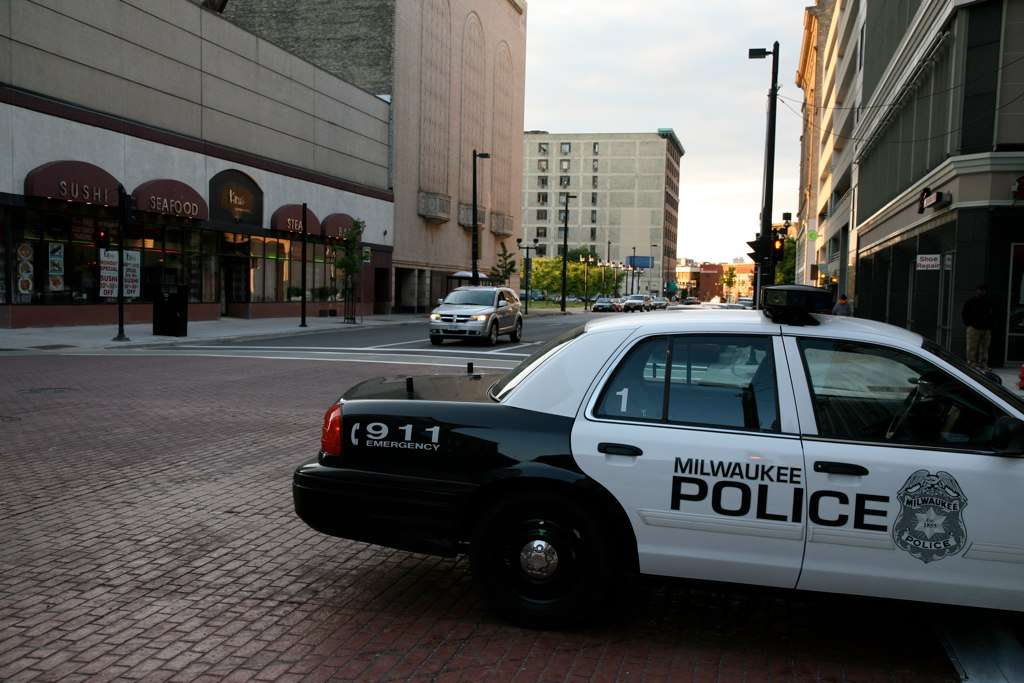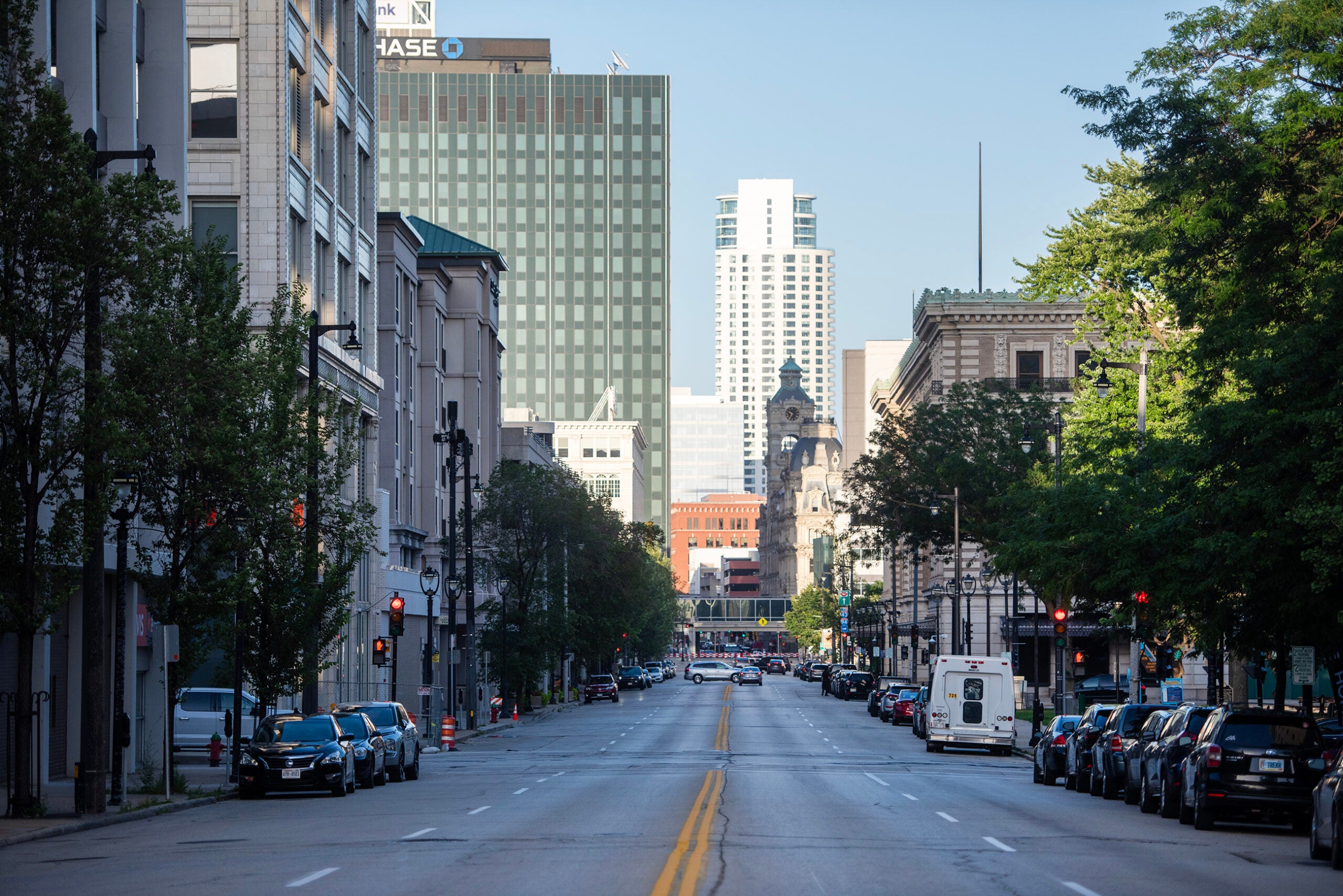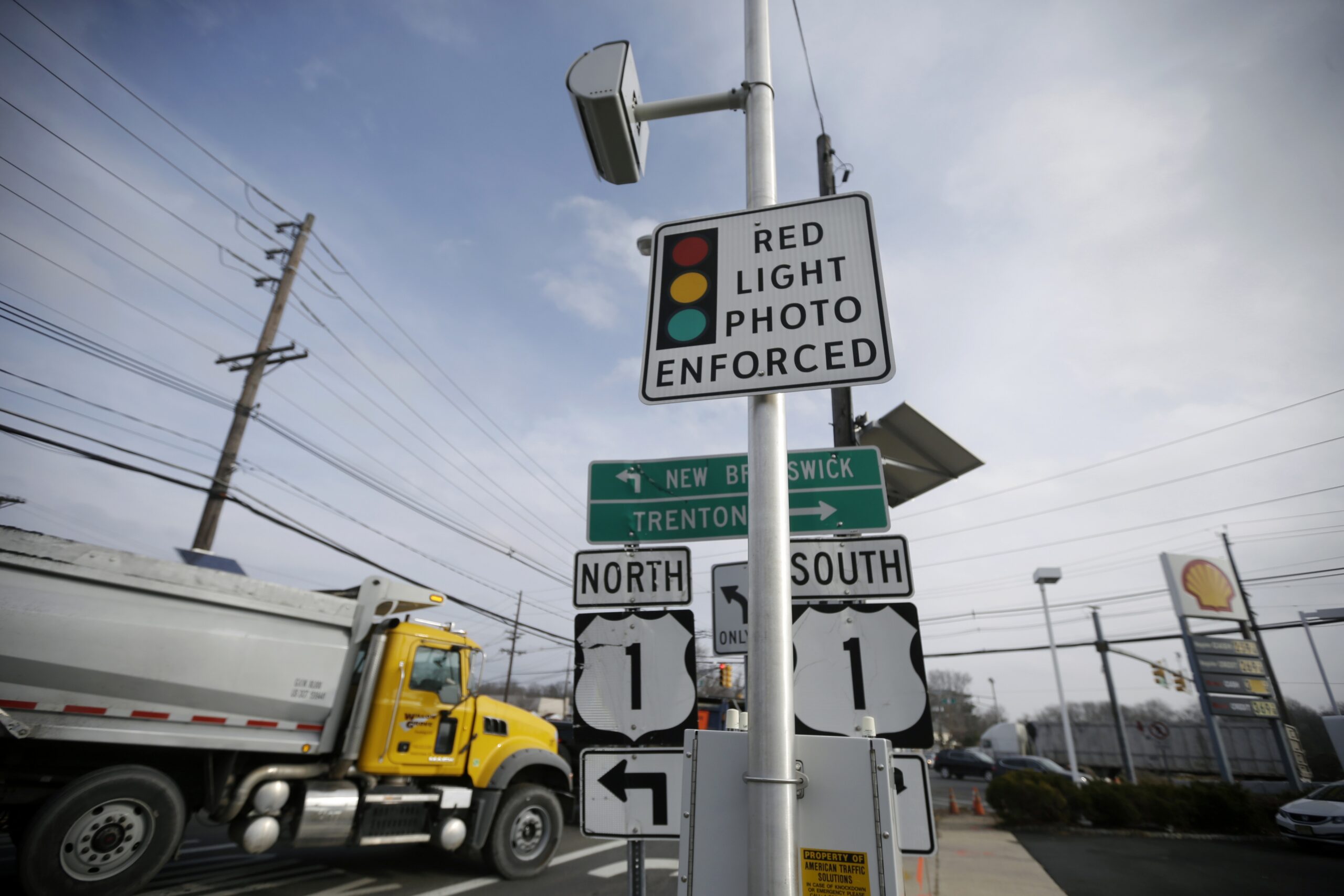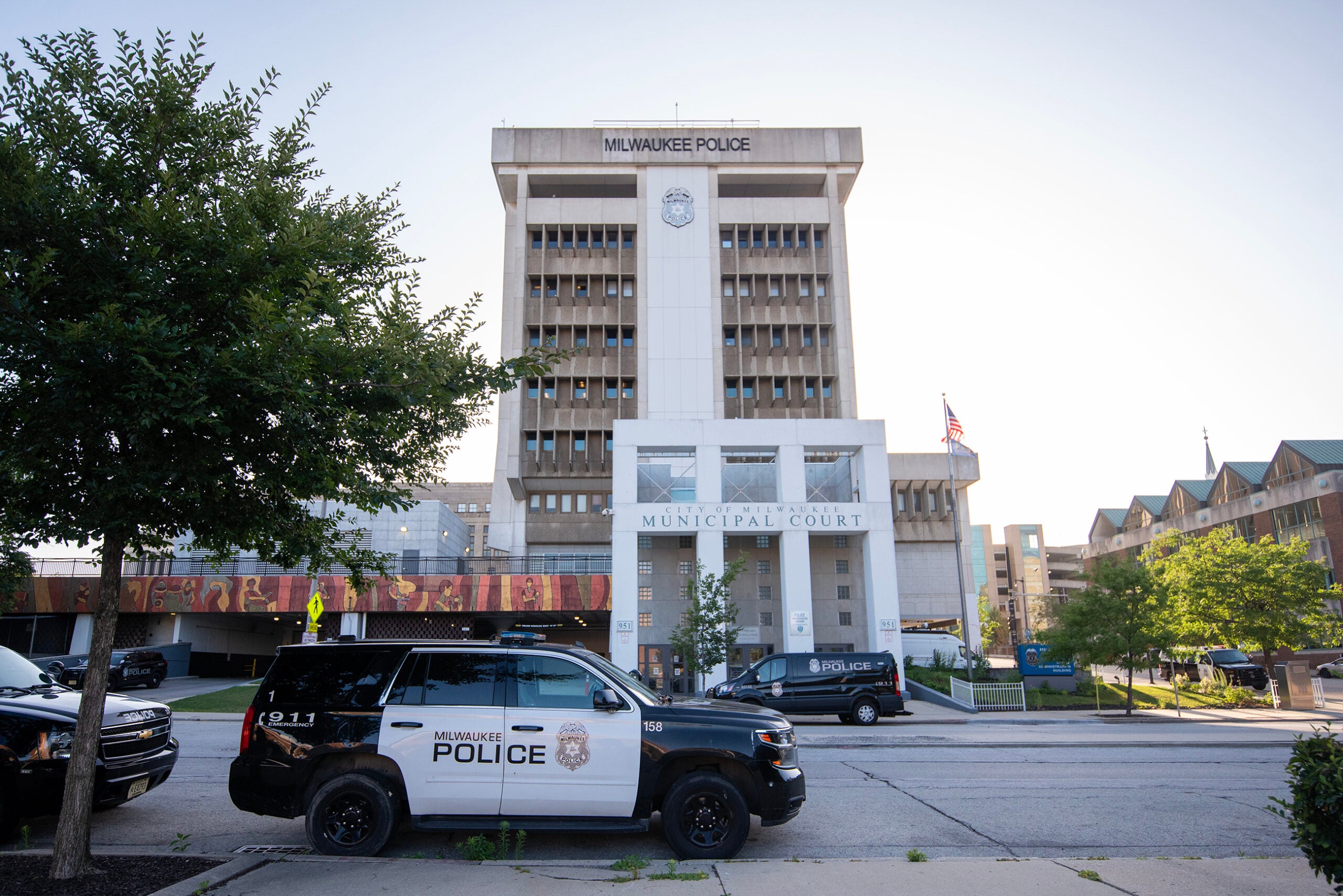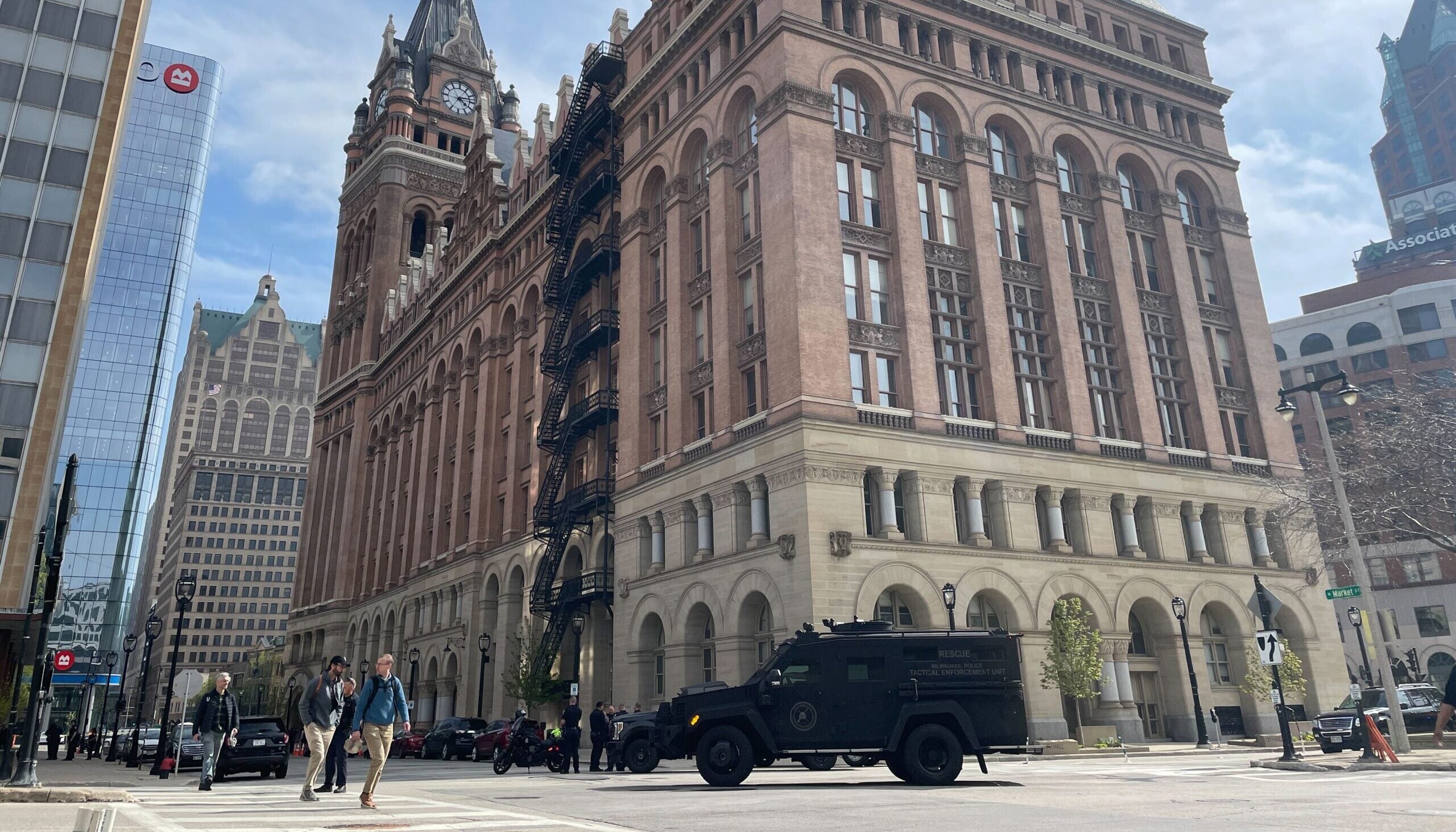A recent memo from the city of Milwaukee reports 21 percent of municipal employees live in surrounding suburbs. The report, from the city’s nonpartisan Legislative Reference Bureau, says that number is the result of a 2013 state law that voided a longstanding city policy requiring municipal employees to live inside Milwaukee.
Of Milwaukee’s roughly 6,500 employees, more than 1,300 are non-residents, according to the report, with their salaries accounting for nearly $92.5 million a year.
Milwaukee Alderman Michael Murphy said he’s concerned about the economic impact that may have on the city.
News with a little more humanity
WPR’s “Wisconsin Today” newsletter keeps you connected to the state you love without feeling overwhelmed. No paywall. No agenda. No corporate filter.
“It’s estimated employees spend on average 25 percent of their money on housing, that’s now going to be spent in suburban communities and not helping this city,” Murphy said.
He said it’s especially concerning that the non-resident percentages are higher for firefighters and police officers.
The LRB reports about 33 percent of police and about 37 percent of firefighters live in Milwaukee’s suburbs.
Murphy said he worries these employees won’t be invested in the community they serve.
But Michael Crivello, the head of the Milwaukee Police Association — one of the party’s that successfully challenged Milwaukee in court when it tried to enforce residency restrictions after the 2013 law change — said he’s disheartened by Murphy’s suggestion.
“Regardless if I live 50 miles away from a factory and I make widgets, I’m going to make the best widgets that I can possibly make because that’s my employment, that’s my brand, that’s what I do,” Crivello said.
Crivello maintains city employees have the right to live where they choose and also takes issue with claims that the city is losing out on property taxes.
“I don’t know many (police officers) that took a loss in selling their home to move outside the city,” he said, adding new families are paying taxes on the homes.
But the report’s numbers also include new hires that never lived in Milwaukee to begin with.
The bureau’s findings follow projections made in a 2013 impact study by the firm SB Friedman. They estimated about 62 percent of municipal employees could be non-residents by 2024.
Other than a smaller tax base, the Friedman report projected a decline in local retail spending and less construction because of decreased demand.
“You know, people were happy about having city employees live in their neighborhoods,” said Murphy. “They felt that they were connected, that (employees) had a vested interest. Having a police officer on the block or a firefighter made a big difference.”
But other opponents of municipal residency requirements say cities should offer workers incentives to stay in town.
Wisconsin Public Radio, © Copyright 2026, Board of Regents of the University of Wisconsin System and Wisconsin Educational Communications Board.
